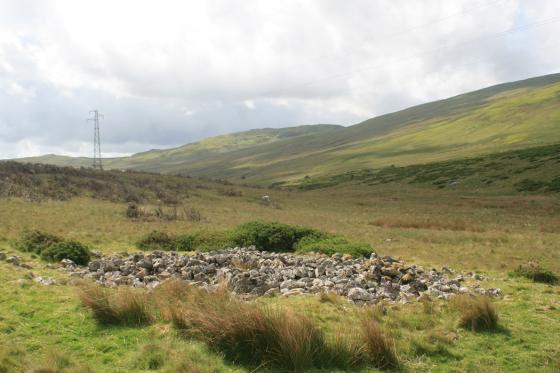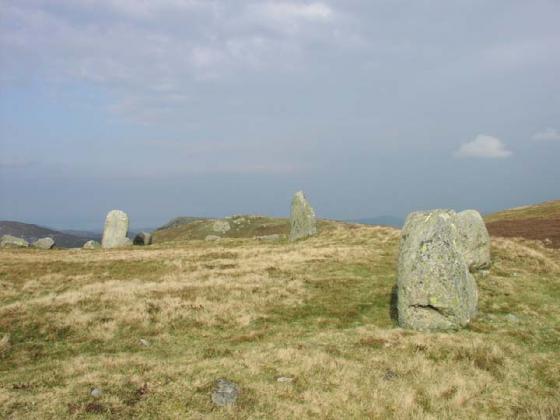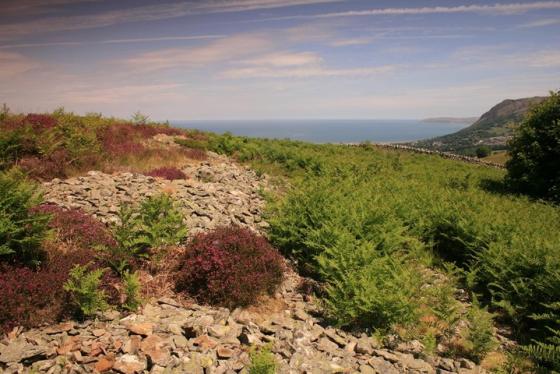
Sheep resting beside Cae Coch Standing Stone.

Sheep resting beside Cae Coch Standing Stone.

Cae Coch, nearing sunset.

Cae Coch standing stone, standing above a stretch of Roman road .

Landscape context from the southwest.

Cae Coch and the Carneddau.

Cae Coch and Dyffryn Conwy.

Cae Coch, also known as ‘The Giant’s Shoe’ on the 26th May 2012.




The three spots of rain of the day are imminent.

Looking SE, with Pen-y-Gaer hillfort directly behind.

Looking west – bendy.





It’s a big ole rock this one....

Could that be Maen Penddu standing stone on the horizon, a fraction left of centre?

Cae Coch standing stone

Cae Coch standing stone

The Cae Coch standing stone, with the sun rising over the hills on the other side of the Conwy valley.

09/02 Cae Coch standing stone

April 2002

Tal-Y-Fan menhir

Cae Coch standing stone is first, just a short pull up a bracken and grass covered slope from the track. It’s one of those eternally pleasing stones with a completely different aspect depending on which side you view it from. The broad face is turned towards the track and is perpendicular to Pen-y-Gaer (Caerhun) hillfort, but side-on the profile is slender with a bend in the middle. The views across the Conwy valley are worth the visit alone. An unexpectedly good site.
As we approached the stone the blue sky had turned unexpectedly dark, and now looks like night has arrived early. It rains, just for a moment. And then it’s gone, so that by the time we regain the track much of the blue has returned.
I was quite surprised by how big this stone was, standing prominently by the side of the road, and clearly visible as you continue to walk along Tal-y-Fan from Maen y Bardd. When I first saw it I thought it might be a natural stone, but small chocking stones are clearly visible around the base, and it looks as if a mound has been built up for the stone to stand on.
Cae Coch is also known as Esgid-y-Cawr or the ‘Giant’s shoe’ apparently. The bumbling behemoth having lost its footwear whilst chasing it’s recalcitrant dog (the same beast reputed to been the cause of Ffon y Cawr as well) It’s certainly a nice chunky stone, it must be a good 7’ tall, eminently huggable, and with a fine view looking out down over the Conwy valley.
I like the idea that this and Ffon y Cawr symbolise the male and female aspects of the land, it may just be a romantic pagan notion, but the stones do seem to be carefully chosen to have that suggestive quality!
Burl calls this a playing card shape but I don’t see it myself, it looks like a half buried stone axe to me. Thin on one side and really broad on the other it’s a very striking stone . Visible from the path/lane to the Poets stone with the peak of Tal y Fan behind it.
In contrast to Ffon y fawr, this monolith is very solid, stocky and rounded. Could there be an allusion to male and female within the landscape due to the placing of this pair of stones? No time, and too tired to walk up to it to discover more.







































































































































































